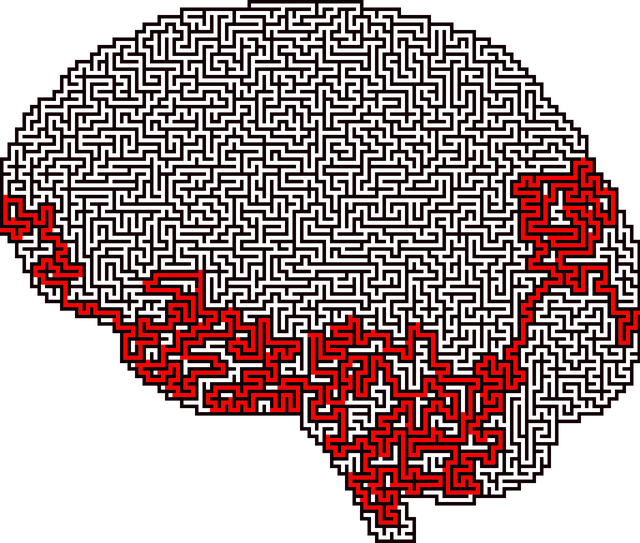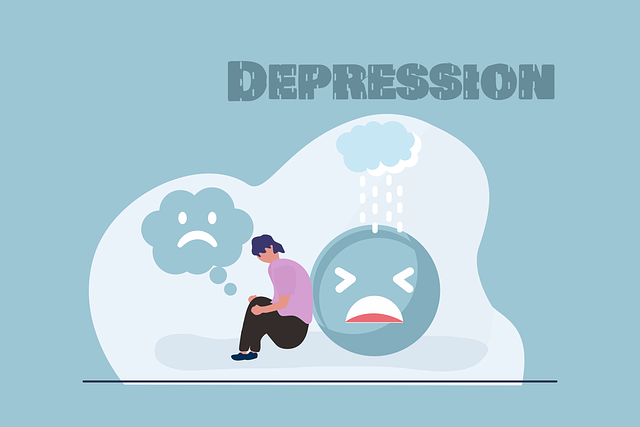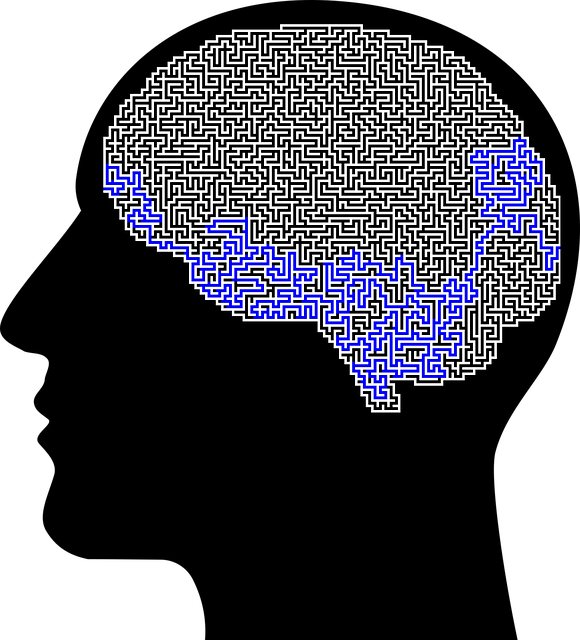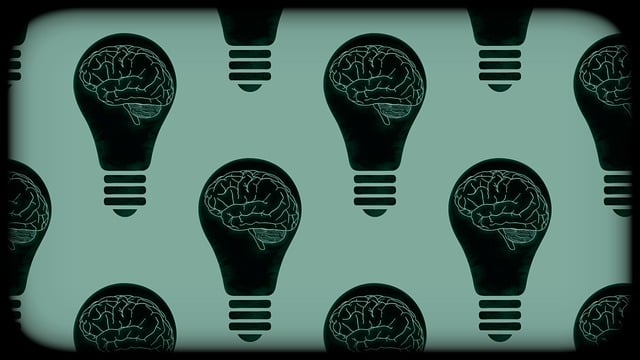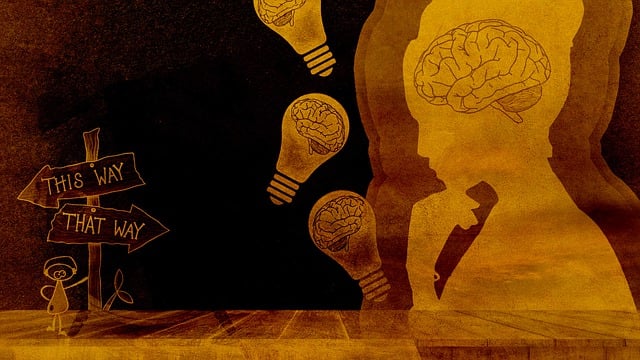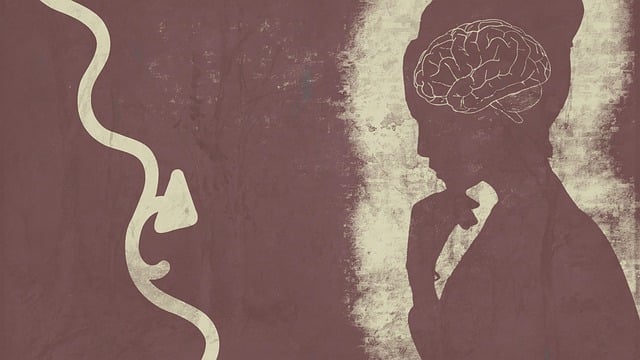Designing an effective Longmont Anger Management Therapy program requires understanding local needs, including high stress levels and cultural barriers. Key goals focus on emotional awareness through mindfulness, constructive anger management skills, and improved communication. A tailored curriculum incorporates stress management techniques, cognitive reframing, and cultural sensitivity training to empower participants in managing anger and enhancing mental wellness. SMART goals within an 8-week framework ensure specific, measurable improvements in emotional intelligence, communication, and impulse control, addressing diverse challenges with inclusivity and stigma reduction efforts.
The design of an effective mental health education program, specifically focused on Longmont Anger Management Therapy, requires a strategic approach. This article explores the meticulous process of creating a tailored therapy program, addressing the unique needs of individuals seeking anger management support in Longmont. From assessing target audiences and setting realistic goals to developing engaging curricula and implementing successful evaluation strategies, each step is crucial in fostering positive mental health outcomes. By adopting evidence-based practices, this program aims to revolutionize anger management within the community.
- Assessing Needs and Goals for Longmont Anger Management Therapy Program
- – Identifying target audience and their specific mental health needs related to anger management
- – Setting realistic program objectives and outcomes
Assessing Needs and Goals for Longmont Anger Management Therapy Program

Before designing a Longmont Anger Management Therapy program, it’s crucial to assess the specific needs and goals of the community or target group. This involves understanding the unique challenges and risk factors associated with anger management within the Longmont context. By conducting thorough research and gathering stakeholder input, the program can be tailored to address prevalent issues such as high stress levels from a fast-paced urban environment, lack of access to mental health resources, or cultural barriers to open discussion about emotions.
Identifying key goals is essential for guiding the therapy program’s curriculum and evaluation methods. For instance, the program might aim to enhance participants’ emotional awareness through mindfulness meditation techniques, boost confidence in managing anger constructively, and foster better communication skills to prevent escalation of conflicts. Incorporating these aspects ensures a holistic approach that not only targets anger management but also promotes overall mental wellness.
– Identifying target audience and their specific mental health needs related to anger management

In designing a mental health education program focused on anger management, it’s crucial to begin with a clear understanding of the target audience. The program should be tailored to meet the specific needs of individuals within a defined demographic, such as Longmont Anger Management Therapy clients. This may include people facing challenges related to workplace stress, interpersonal conflicts, or trauma, all of which can manifest as anger. By recognizing these diverse triggers, the education initiative can offer culturally sensitive solutions that resonate with participants. Incorporating principles of Cultural Sensitivity in Mental Healthcare Practice ensures the program is inclusive and effective for all, regardless of background.
Moreover, stress management should be a central component of the curriculum. Teaching techniques to recognize and manage stress can help individuals prevent anger from escalating. Stress Management Workshops Organization often employs mindfulness exercises, breathing techniques, and cognitive reframing as part of their programs. These strategies not only empower participants with tools to cope but also foster a deeper understanding of their emotional responses, particularly in high-pressure situations. Tailoring these workshops to address anger management issues can significantly enhance the program’s impact.
– Setting realistic program objectives and outcomes

When designing a mental health education program like Longmont Anger Management Therapy, setting clear and realistic objectives is paramount. These goals should be specific, measurable, achievable, relevant, and time-bound (SMART). For instance, a SMART objective could be to “enhance participants’ emotional intelligence by 20% within the 8-week program through interactive workshops and role-playing scenarios.” This objective is precise, quantifiable, and aligned with the program’s duration. By setting such objectives, facilitators can structure their curriculum effectively, ensuring each session contributes to the desired outcome.
Moreover, aligning program outcomes with the needs of the target audience is crucial. In the context of Longmont Anger Management Therapy, this might involve addressing specific challenges faced by individuals seeking anger management support, such as improving communication skills or reducing impulsive behaviors. Incorporating elements of Healthcare Provider Cultural Competency Training can also enhance the program’s effectiveness, especially when tailored to address the diverse backgrounds and experiences of participants. Additionally, Mental Illness Stigma Reduction Efforts should be woven into the curriculum to foster an inclusive environment where learners feel safe to explore their emotions openly.
The design of an effective Longmont Anger Management Therapy program begins with a deep understanding of its target audience’s unique mental health needs. By carefully assessing these requirements and setting achievable objectives, we can create a tailored therapy program that yields tangible results. This strategic approach ensures that the Longmont Anger Management Therapy program addresses specific challenges related to anger management, ultimately fostering positive behavioral changes and improved well-being among participants.
